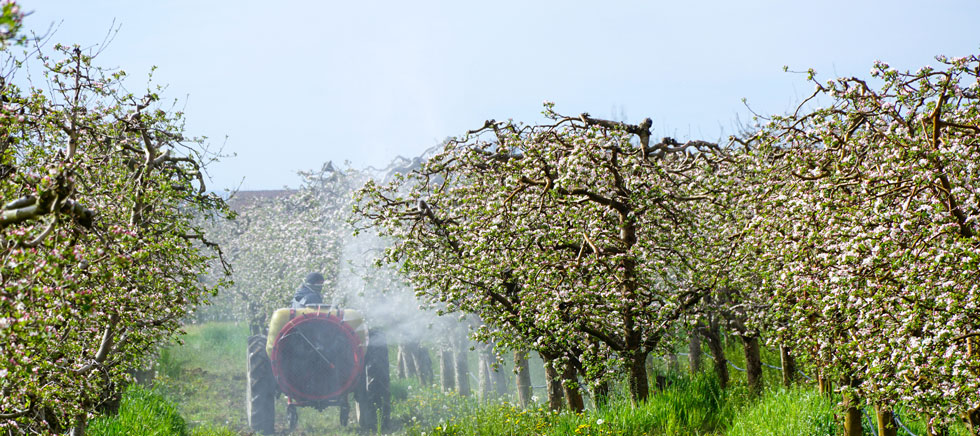Researchers identify 10 pesticides toxic to neurons involved in Parkinson’s
17 May 2023

Researchers at UCLA Health and Harvard have identified 10 pesticides that significantly damaged neurons implicated in the development of Parkinson’s disease, providing new clues about environmental toxins’ role in the disease.
While environmental factors such as pesticide exposure have long been linked to Parkinson’s, it has been harder to pinpoint which pesticides may raise risk for the neurodegenerative disorder. Just in California, the nation’s largest agricultural producer and exporter, there are nearly 14,000 pesticide products with over 1,000 active ingredients registered for use.
Through a novel pairing of epidemiology and toxicity screening that leveraged California’s extensive pesticide use database, UCLA and Harvard researchers were able to identify 10 pesticides that were directly toxic to dopaminergic neurons. The neurons play a key role in voluntary movement, and the death of these neurons is a hallmark of Parkinson’s.
Further, the researchers found that co-exposure of pesticides that are typically used in combinations in cotton farming were more toxic than any single pesticide in that group.
Kimberly Paul, PhD, a lead author and assistant professor of neurology at UCLA, said the study demonstrated their approach could broadly screen for pesticides implicated in Parkinson’s and better understand the strength of these associations.
We were able to implicate individual agents more than any other study has before, and it was done in a completely agnostic manner. When you bring together this type of agnostic screening with a field-to-bench paradigm, you can pinpoint pesticides that look like they're quite important in the disease.Kimberly Paul
Web design by Tribal Systems








